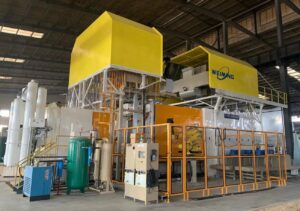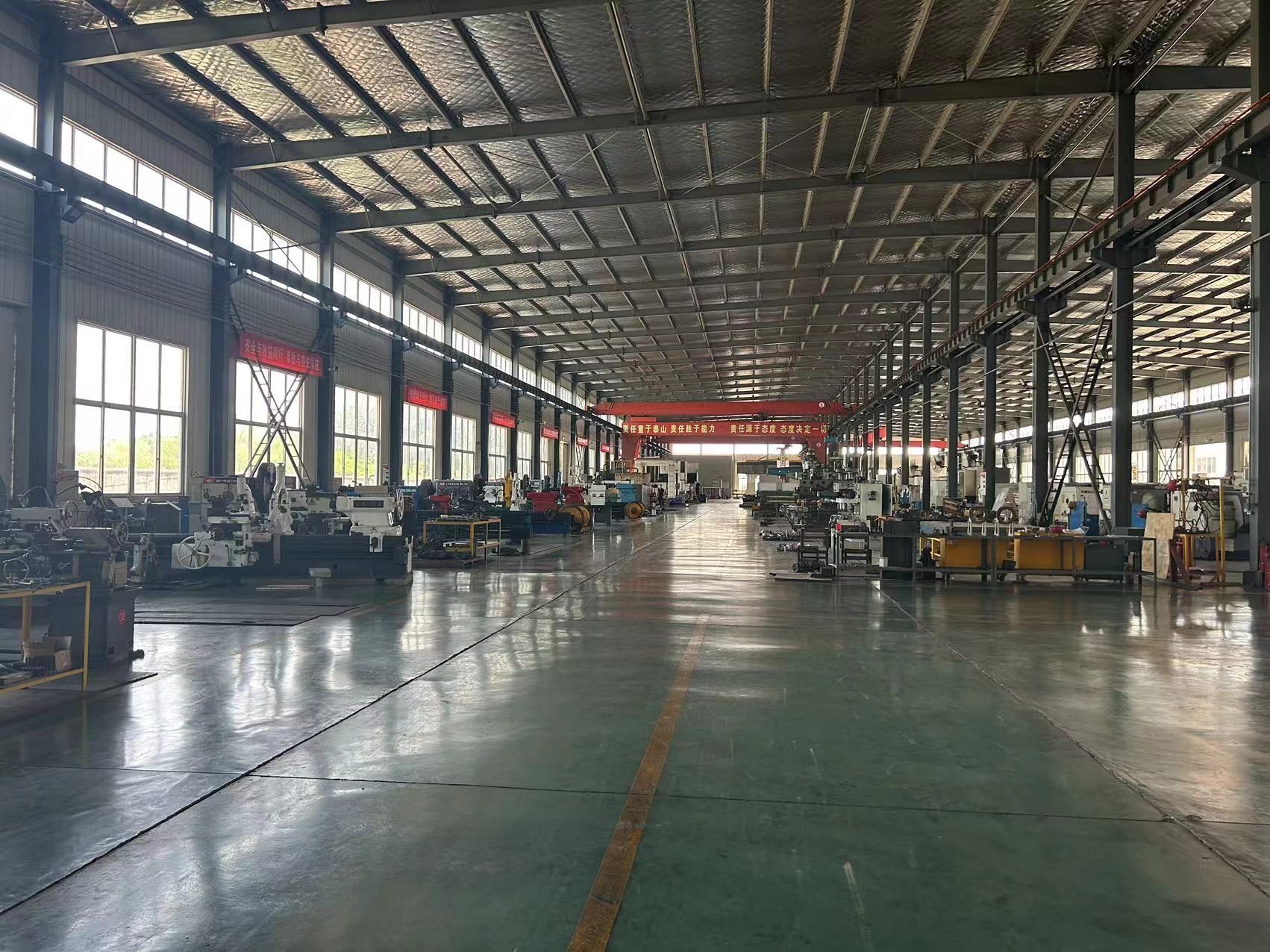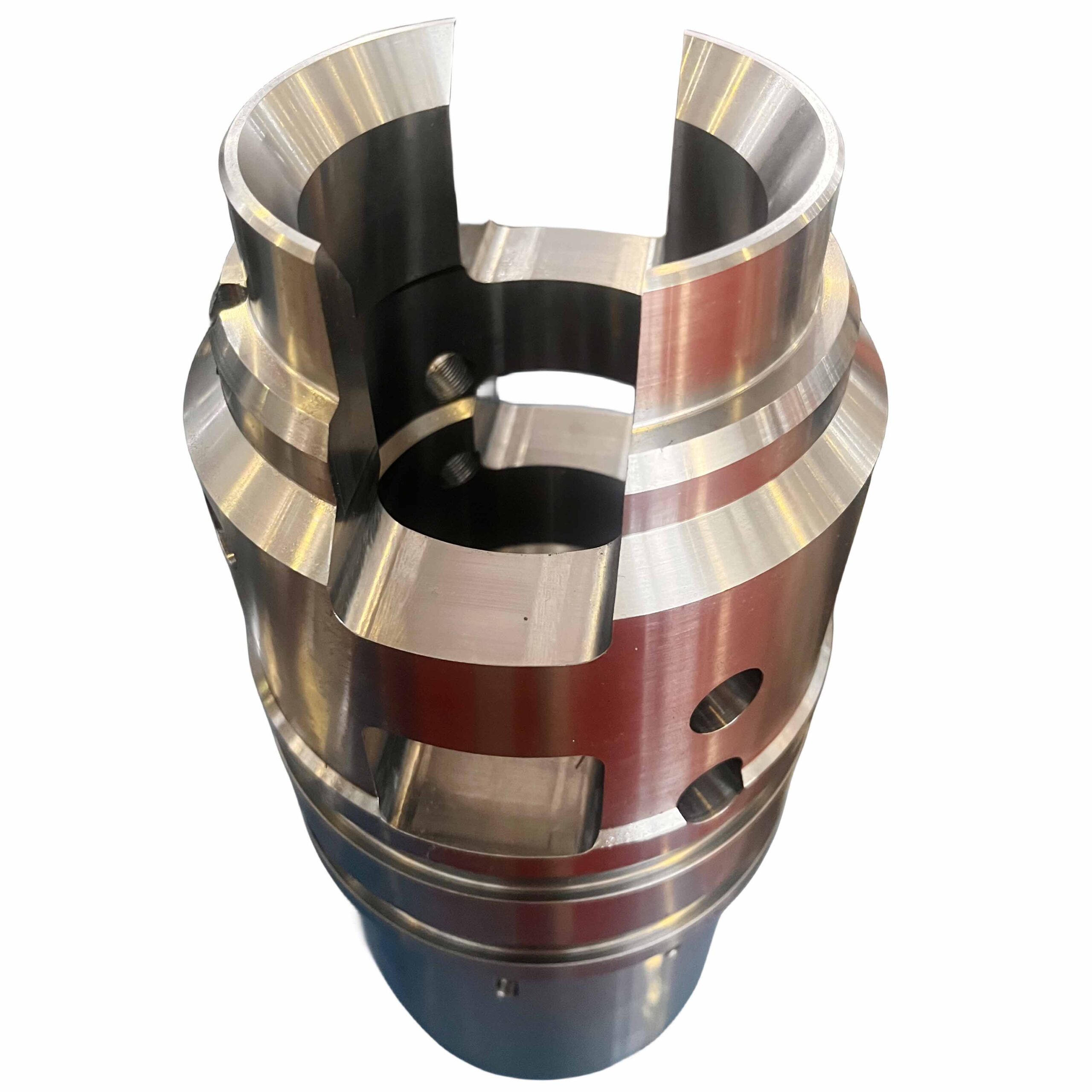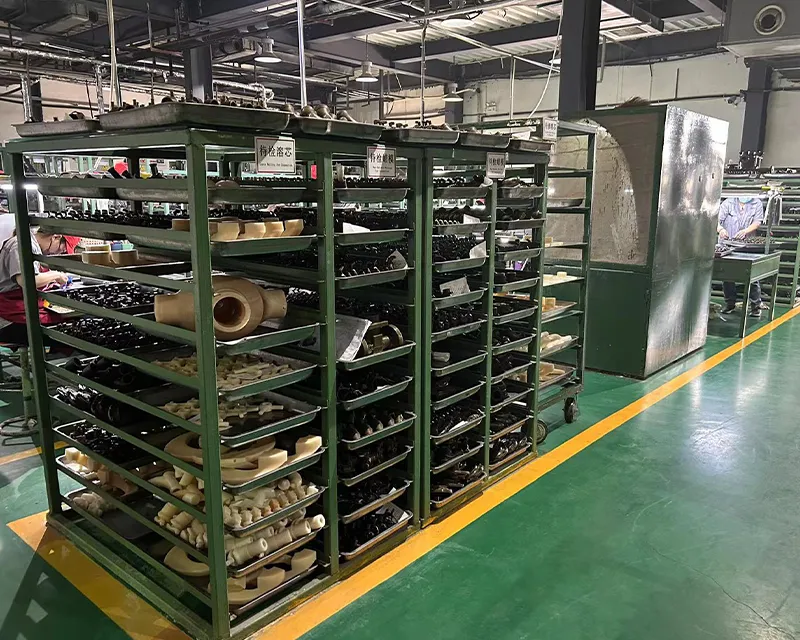
Gravity casting, is a metal casting process where molten metal is poured into a reusable mold under the force of gravity. While it offers advantages like good surface finish and dimensional accuracy, it also has several disadvantages:
1. Limited to Low-Melting-Point Metals
Gravity casting is best suited for non-ferrous metals like aluminum, zinc, and magnesium.
High-melting-point metals (e.g., steel, titanium) are difficult to cast due to mold degradation and thermal stress.
2. High Initial Tooling Cost
Permanent molds (usually made of steel or cast iron) are expensive to manufacture.
Not cost-effective for small production runs compared to sand casting.
3. Limited Complexity in Part Design
Gravity casting struggles with intricate geometries and thin-walled sections.
Undercuts and complex internal features often require additional machining or cores, increasing costs.
4. Slower Production Rate Compared to Die Casting
Since the process relies on gravity rather than high pressure (like in die casting), filling the mold takes longer.
Cooling and solidification times can also slow down cycle times.
5. Porosity and Defects
Air entrapment and shrinkage porosity can occur if the mold is not properly vented.
Turbulence during pouring may lead to oxide inclusions and weak spots in the casting.
6. Mold Wear and Maintenance
Repeated heating and cooling cycles degrade the mold over time, leading to surface cracks and dimensional inaccuracies.
Regular maintenance and refinishing of molds are required, adding to operational costs.
7. Limited Size of Castings
Gravity casting is generally used for small to medium-sized parts.
Very large castings are impractical due to mold weight and handling difficulties.
Conclusion
While gravity casting is a reliable method for producing high-quality metal parts, its limitations in material selection, mold costs, and production speed make it less suitable for certain applications compared to other casting methods like die casting or sand casting. Proper design and process control are essential to minimize defects and maximize efficiency.





